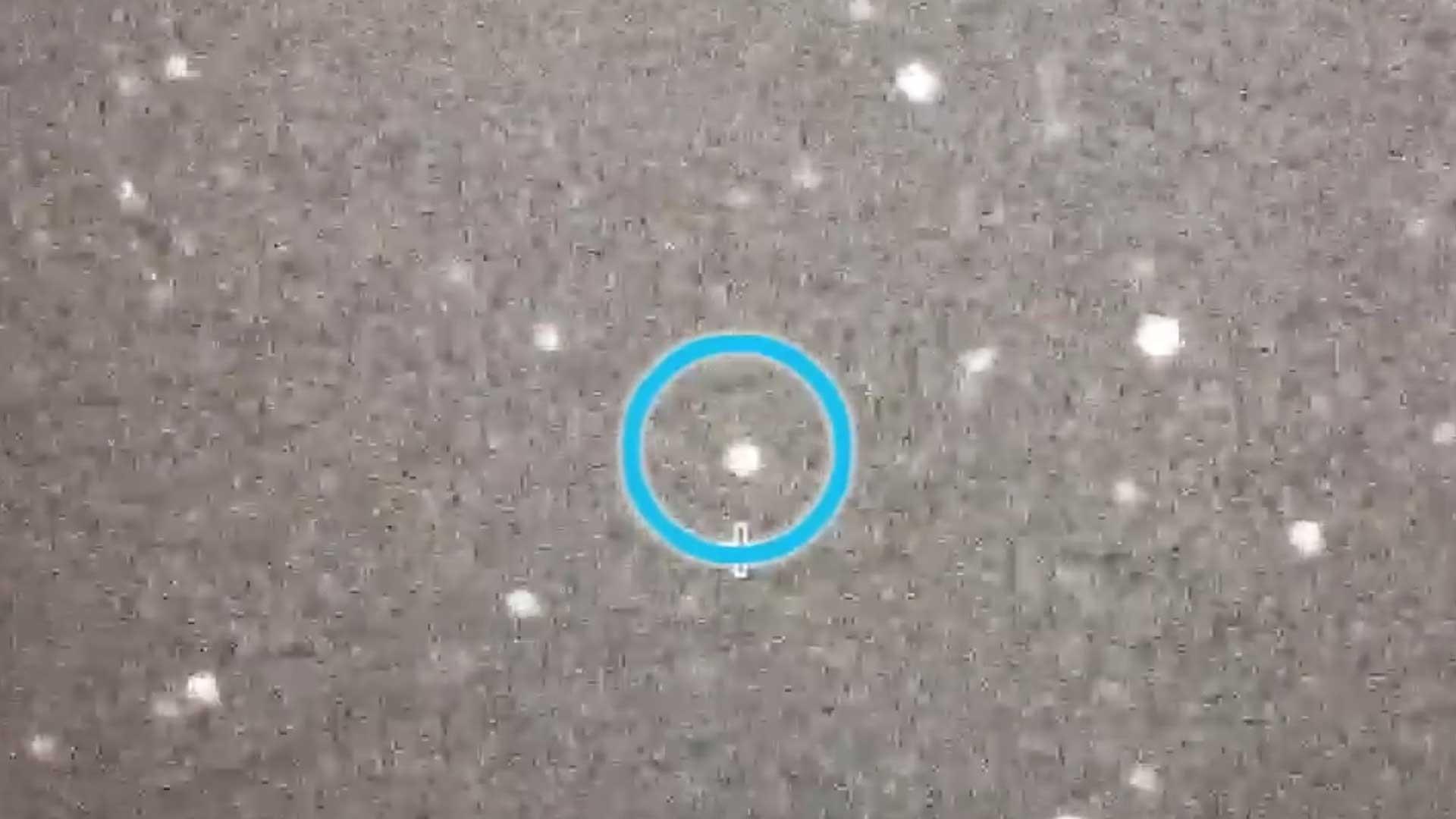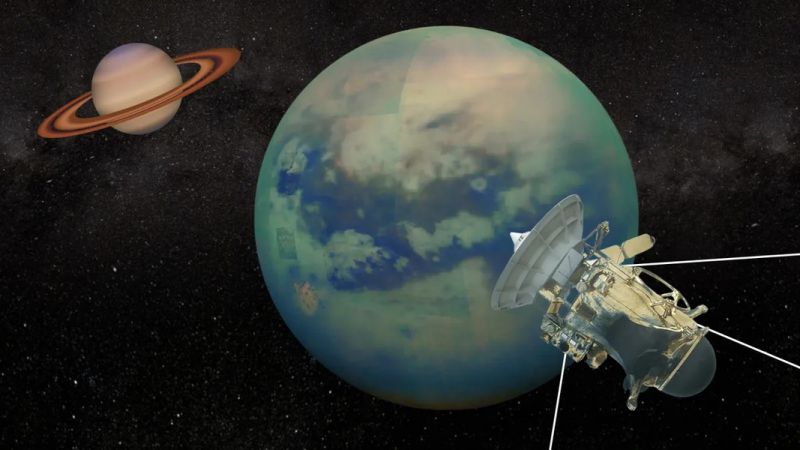The team have their first mystery, instead of seeing the expected pulsations in brightness, scientists are instead seeing what they describe as a light curve.

The New Horizons spacecraft, which is en route to the outermost region of the Solar System for its New Year’s Day rendezvous with the Kuiper Belt Object Ultima Thule, has delivered an early puzzle for researchers.
Over the past several months, the spacecraft has been capturing images to measure Ultima Thule’s brightness and how it changes as the object rotates. Instead of seeing the expected pulsations in brightness, scientists are instead seeing what they describe as a light curve.
At this point, New Horizons team members have different theories about what is causing this light curve.
The SETI Institute’s Mark Showalter has one theory:
"Another explanation is that Ultima may be surrounded by a cloud of dust that obscures its light curve, much the way a comet's coma often overwhelms the light reflected by its central nucleus." That explanation is plausible, Showalter added, but such a coma would require some source of heat to generate, and Ultima is too far away for the Sun's feeble light to do the trick.”
Ultima Thule will be the farthest flyby in history; it is situated a billion miles beyond Pluto. It will also be the first ever flyby of a Kuiper Belt Object. New Horizons is scheduled to approach Ultima Thule at 12:33 AM EST on January 1, 2019. Happy new year!
For more information and to read NASA’s press release, click here.





